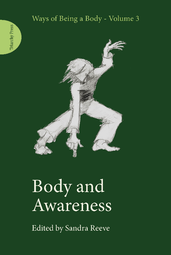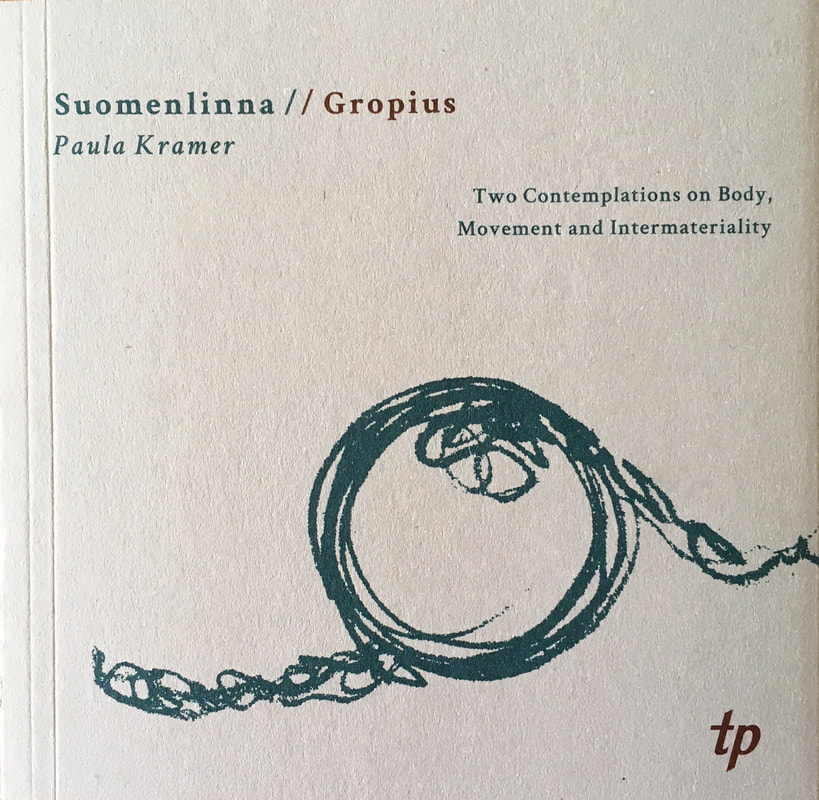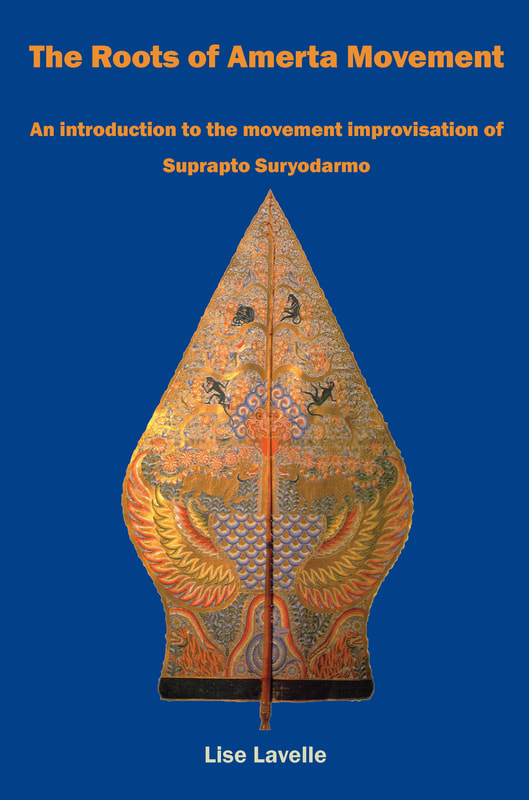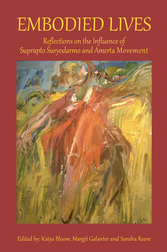|
Amerta movement
Amerta is a Javanese word meaning the 'nectar' or 'elixir' of life. Suprapto Suryodarmo described Amerta movement practice as based on basic movements in daily life: walking, sitting, standing, crawling and lying down, transitions between them and observations of children playing. Integral to Amerta movement work is the aspect of moving in nature as embodied study of human and non human presence. Individuals may develop their relationship between inner and outer experience and gain understanding of cultural, societal and ecological environments. The ‘moving self’ is perceived as a multiplicity of changing selves in a constantly changing environment. Amerta movement worldwide In 1986 Padepokan Lemah Putih was founded in Java where Amerta movement was taught. In 1990 Amerta movement practice and teaching began growing outside Java through the Sharing Movement initiative and application of the practice has spread through Europe, Australasia, China, Russia and the Americas. Practice is shared by dance and movement artists, musicians, psychotherapists, art/music/drama therapists, installation and other artists, filmmakers and teachers amongst others. |
|




